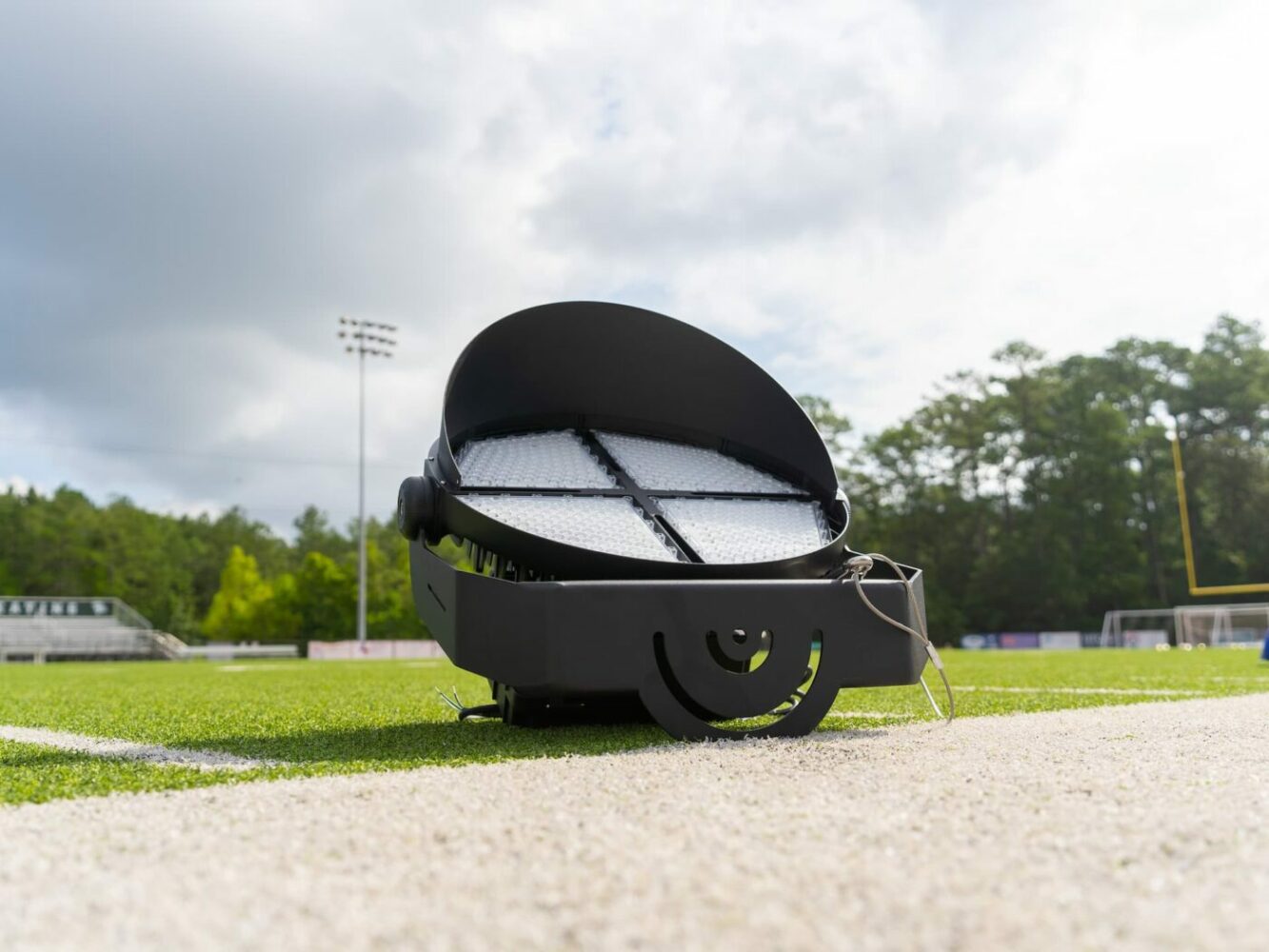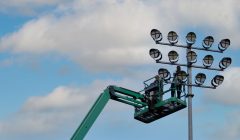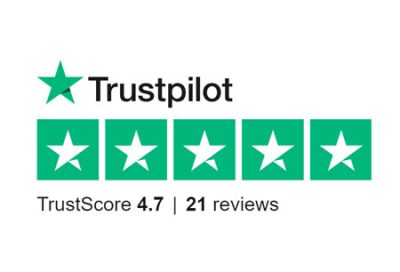
Sports Lighting vs. Flood Lighting in Outdoor Sports: What’s the difference? 2
Navigating the world of outdoor sports lighting can feel like tackling a maze of options and choices. You’ve got your classic sports lighting, the kind that sets the stage for epic showdowns in baseball, football, soccer, and all the good stuff. Then there’s the regular flood light, the Jack-of-All-Trades that’s usually the budget-friendly contender.
Table of Contents
ToggleChoosing Your Dream Team: Factors to Consider
When you’re deciding on the right lighting for your area, there’s more to consider than what you first see. It’s not just about putting up some lights; you need to think about the feeling you want. Do you want really bright and detailed lighting for your sports field, or do you prefer a relaxed and all-around glow for your outdoor hangout?
Lumen Outputs
A major contrast lies in the fact that sports flood lights are usually the premium choice. These lights typically emit a much higher level of brightness, sometimes exceeding 100,000 lumens. This elevated brightness comes with a big plus – sports flood lights can be positioned at greater distances and heights. Imagine them still performing flawlessly even when perched 100 feet in the air, like on a pole overseeing a football field. Sports lighting is crafted to project a focused beam of light over a specific distance and from a certain mounting height. In contrast, flood lights are tailored to brighten a smaller radius from the pole or installation point.
On the flip side, general-purpose floods usually reach around 60,000 lumens and work best at mounting heights between 20 to 40 feet. As mentioned earlier, if you’re dealing with mounting heights beyond this range, those specialized sports floods step up with a significantly higher lumen output.
Now, let’s talk about where all that luminous power comes from. It’s a result of either more wattage or increased power consumption by the fixture. A nifty way to size up fixtures is by looking at their efficacy, or lumens per watt (LPW).
Light Spread
Sports flood lights offer a broader array of beam patterns compared to their regular flood counterparts. This is because sports flood lights need to cater to a wide range of scenarios, requiring various patterns and angles to suit their specific applications. These distinct beam patterns serve different purposes – the narrow beams, spanning 200 to 240 feet, are perfect for projecting light over longer distances; the 60-degree angle covers 145 to 175 feet, while the 80-degree beam spans less than 105 feet. Think of sports flood lights as more of a spotlight, pinpointing light to a specific area, while general-purpose flood lights are all about spreading light out.
A clear illustration of why the beam pattern angle matters so much for sports floods versus regular floods can be observed when lighting up a baseball diamond. Imagine you’re lighting up different areas that require varying levels of brightness. In this instance, consider the outfield poles – they would benefit from a narrow 20-degree beam to illuminate from the bases to the poles, and a wide 80-degree beam to cast light out to about 80 feet from the pole. It’s all about having precise control over that beam of light to get the lighting just right for the specific space
Sports lighting is a complex puzzle where the pieces of power, lumen output, and beam angle fit together to create dramatically different outcomes. Every sports project is one of a kind, which is why the perfect lighting solution really makes a difference. Here at National LED, we consider every aspect of your space to provide the best possible illumination.
If you’re torn between regular LED flood lights and the specialized LED sports lights, we’re here to guide you in figuring out if the investment in LED sports lights is the way to go for your organization.








